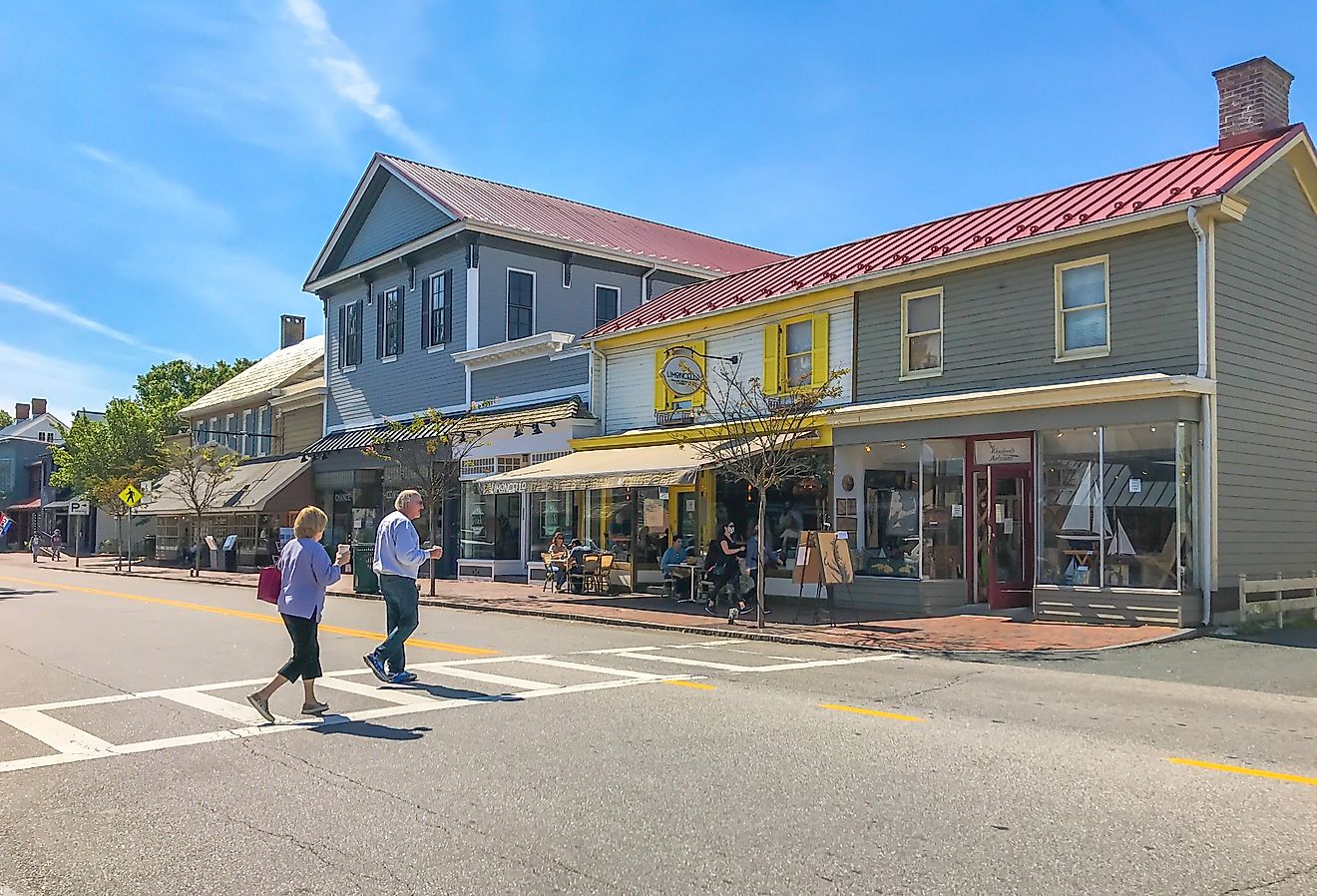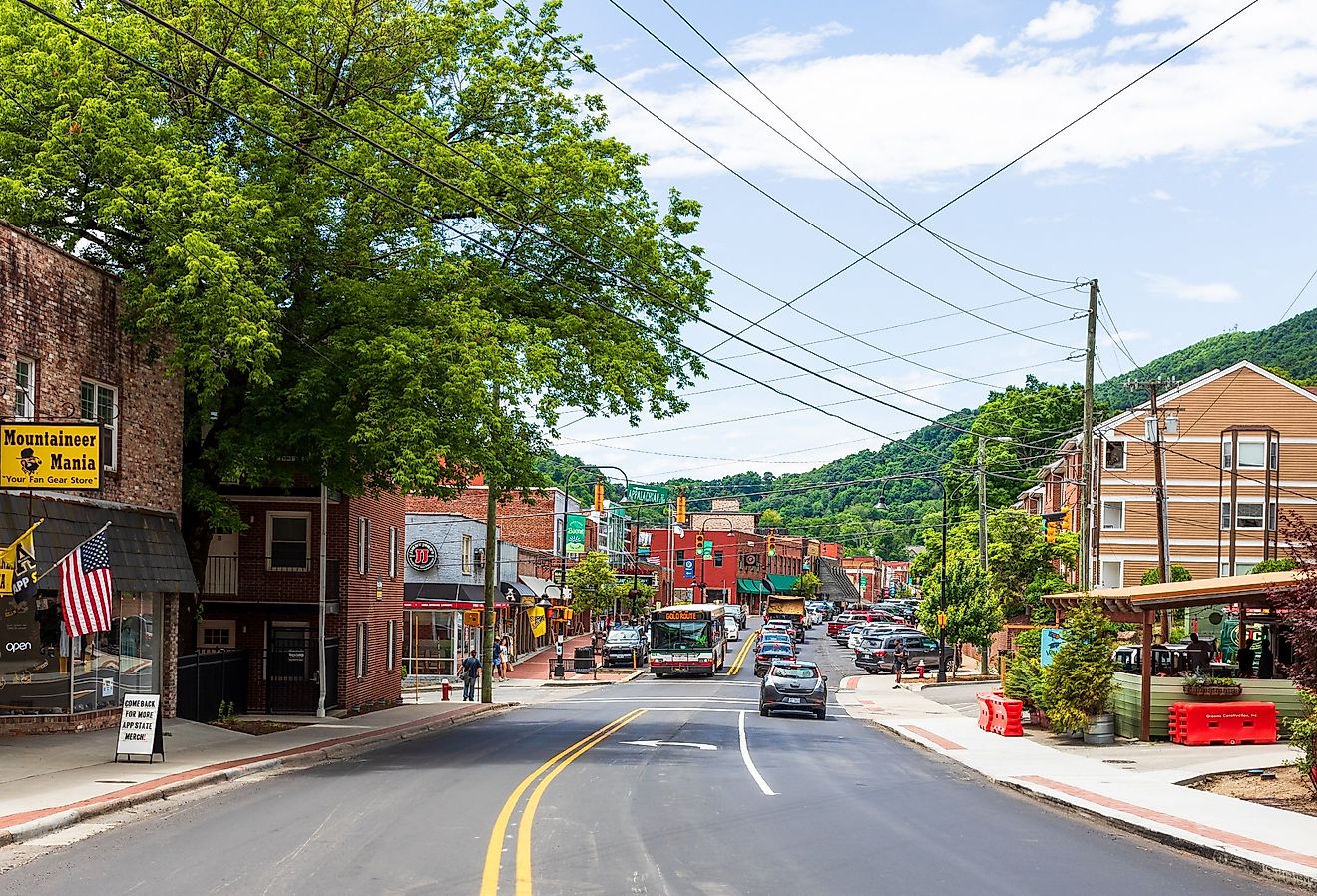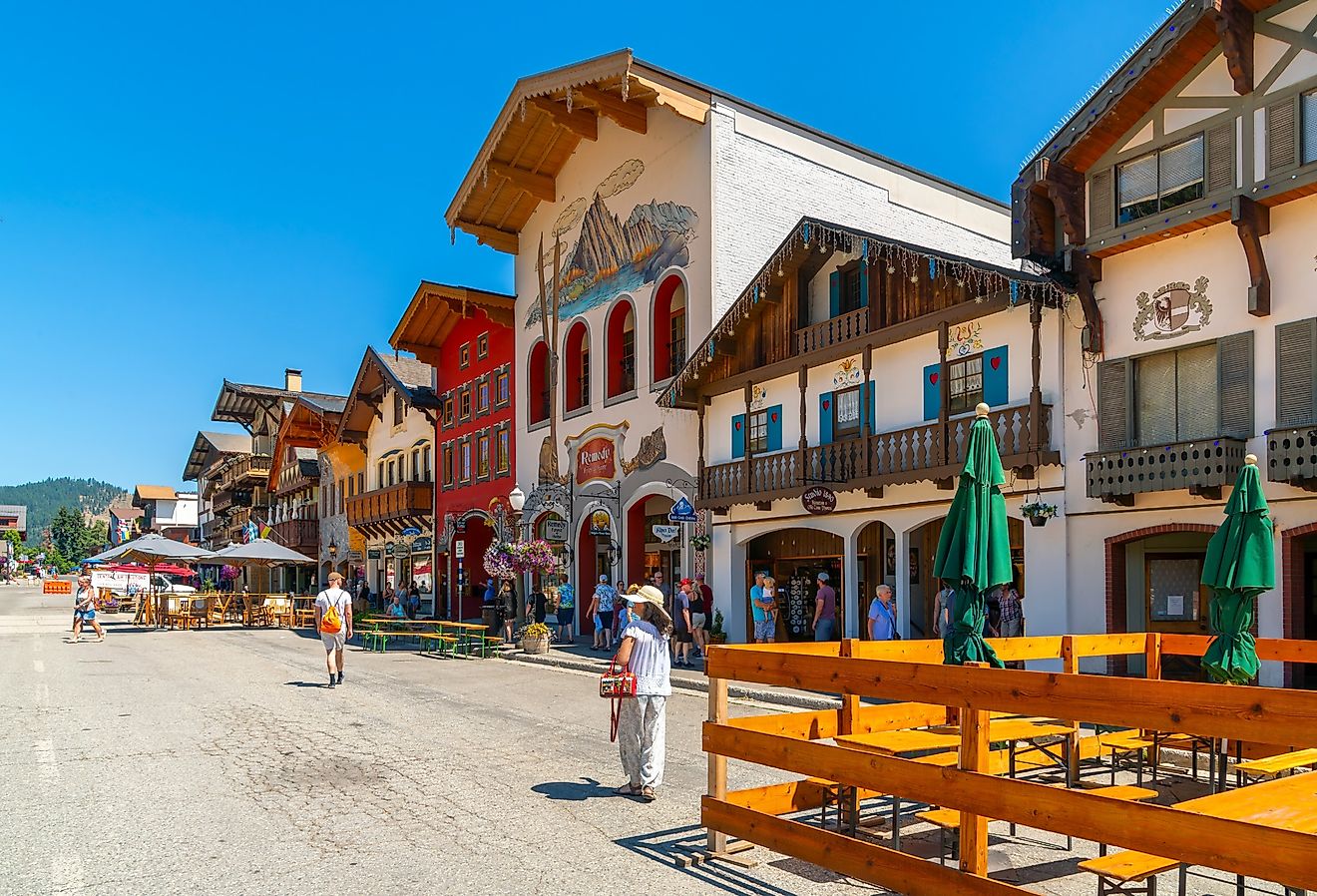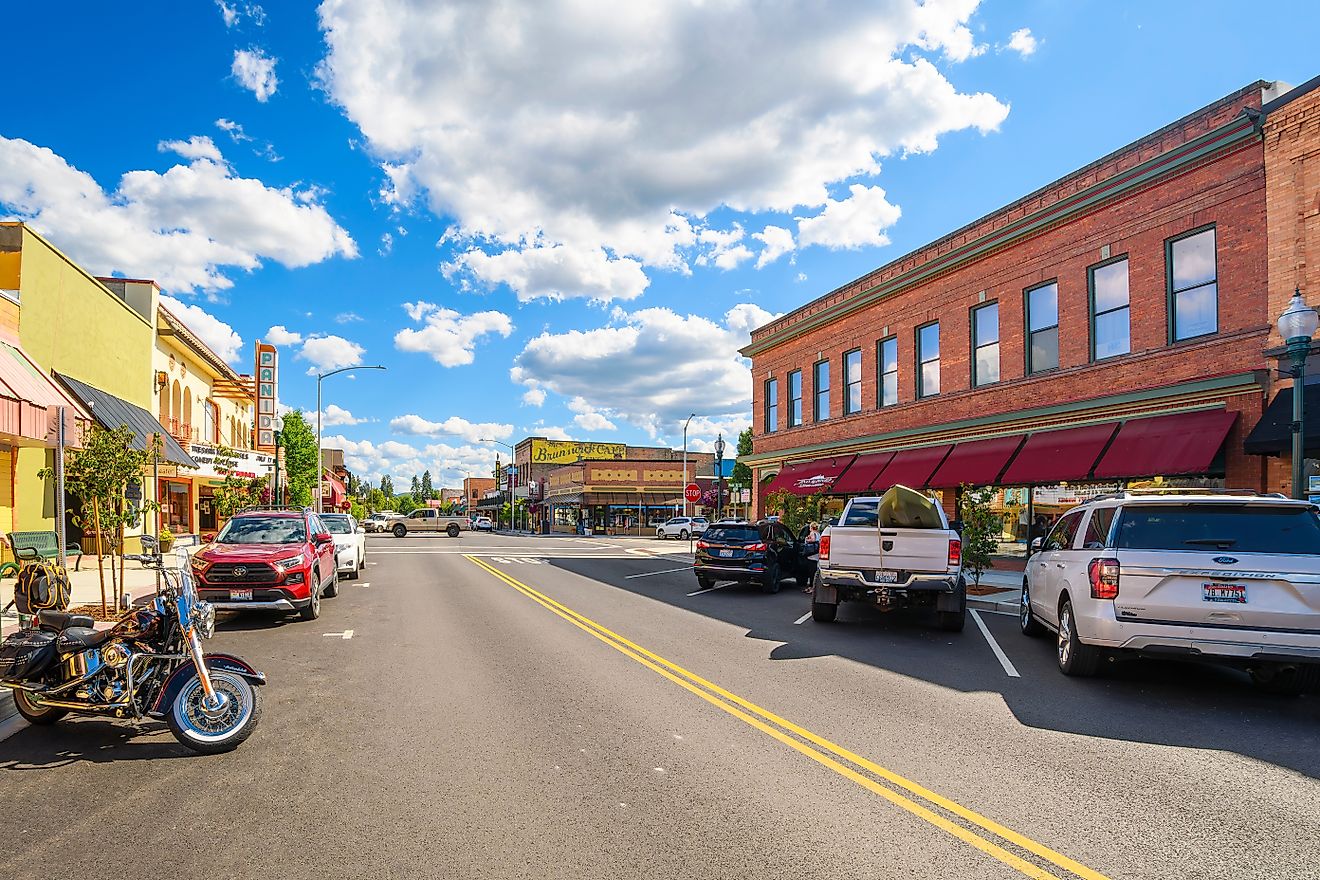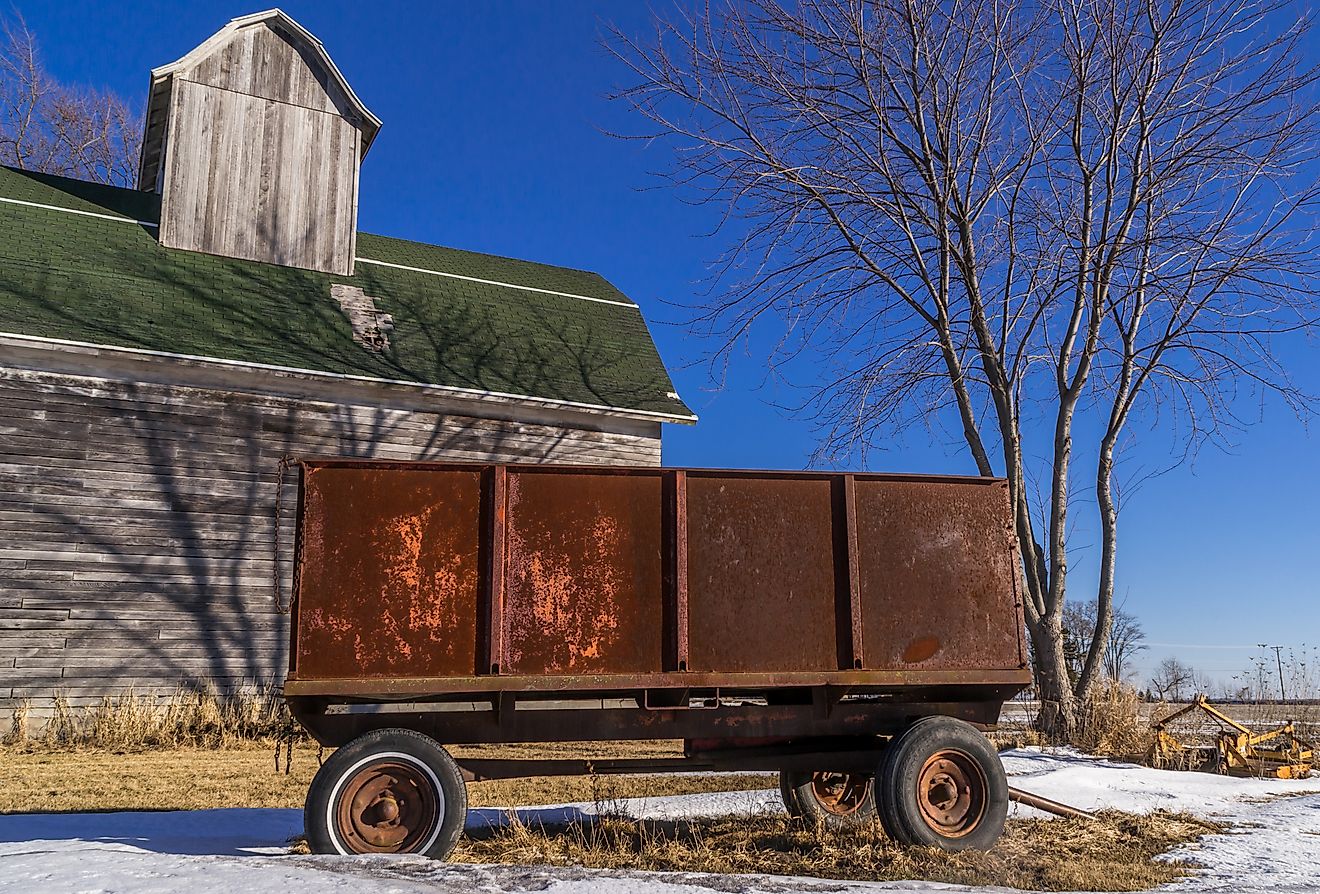
Donbas Region, Ukraine
Donbas is a large coal mining and industrial region located partly in the southeastern part of Ukraine and in the western part of the Russian Federation. The word “Donbas” is a blend word formed from “Donets Basin” that is an abbreviation of “Donets Coal Basin.” After the Euromaidan Revolution in March 2014, the Russian-backed separatist groups established the self-proclaimed Donetsk People’s Republic and the Luhansk People’s Republic in the Donbas region.
Geography Of Donbas

In Ukraine, the Donets Coal Basin covers an area of 23,300 sq. km and extends from west to east, including significant parts of the Donetsk Oblast and the southern part of the Luhansk Oblast. The basin also extends into the western portion of the Rostov oblast in the Russian Federation. The Donbas region is situated between the middle and lower Donets River in the north and northeast and the Azov Upland and Azov Lowland in the south. Historically, the Donbas region formed the boundary between the Don Cossack Host and the Zaporizhian Sich. The industrial growth of the Donbas region was mainly facilitated by its strategic location.

The region is situated about 300-350km from the Nikopol Manganese Basin and the Kerch Iron-ore Basin, 350-400km from the Kryvyi Rih Iron-ore Basin, 120-150km from the Sea of Azov, and close to several industrial centers. The Donbas region is connected with the main population centers of Eastern Europe, Ukraine, and Russia by an extensive network of highways and railways. Before the Russo-Ukrainian War, the city of Donetsk served as the unofficial capital of the Donbas region. At present, the city of Kramatorsk region serves as the Donetsk Oblast’s interim administrative center, while the city of Sievierodonetsk serves as the temporary administrative center of the Luhansk Oblast.
The Population Of Donbas
As of the 2001 census, about 58% of the population of Luhansk Oblast and 56.9% of the population of Donetsk Oblast are formed by ethnic Ukrainians. Besides this, about 39% of Luhansk Oblast’s population and 38.2% of Donetsk Oblast’s population are formed by ethnic Russians. The census also revealed that about 74.9% of the residents in Donetsk Oblast and 68.8% of Luhansk Oblast’s residents speak Russian as their primary language. It has also been recorded that the large urban centers in the region are mainly occupied by residents belonging of Russian origin. A survey of “religion in Ukraine” conducted in 2016 revealed that about 50.6% of Donbas’s population were followers of Eastern Orthodoxy, 11.9% followed Christianity, 6% followed Islam, 2.5% Protestantism, and 0.6% Hinduism. About 28.3% of the region’s population declared that they did not believe in any religion or believed in some other religions.
Economy Of Donbas

The economy of the Donbas region is mainly dominated by several heavy industries such as metallurgy, coal mining, machine building, chemical industries, electrical power production, construction, etc. It has been estimated that the Donbas region contains about 60 billion tonnes of coal, making it one of Ukraine’s largest coal reserves. The coal mining in the Donbas region takes place at profound depths. The lignite mining is conducted at 600m below the surface, while the anthracite and bituminous coal mining occur at depths of 1800m below surface level. It has been recorded that both the Donetsk and Luhansk oblasts together produced approximately 30% of Ukraine’s exports before the Donbas War that began in April 2014.
Brief History Of Donbas

Archaeological excavations have revealed that the Donbas region was inhabited by humans beginning from the Upper Paleolithic Period. For the next several centuries, the area was inhabited by many nomadic tribes, including the Alans, Bulgars, Scythians, Huns, Pechenegs, Turco-Mongols, Nogais, Tatars, and Kipchaks. However, till the second half of the 17th century, the region remained largely unpopulated before the first permanent settlement in the region was established by Don Cossacks. In 1676, Solanoye - the first town in the region, was founded and became home to a profitable business based on the recently discovered rock salt reserves. Referred to as “Wild Fields” in the Ukrainian language, the area presently referred to as “Donbas” was controlled by the Ukrainian Cossack Hetmanate and the Turkic Crimean Khanate. In due course, the Hetmanate was conquered by the Russian Empire, which also eventually led to the annexation of Khanate. Several Russians, Greeks, and Serbs migrated to the region at the end of the 18th century, and these conquered territories were named “New Russia.” As Industrial Revolution began in Europe, the vast coal reserves of the Donbas region also began to be exploited.
The rapid rise of the coal industry led to a population boom in the Donbas region. In 1869, a Welsh businessman named John Hughes founded the city of Donetsk. Hughes also established several coal mines and a steel mill in the area, and the city was eventually named “Yuzovka” in his honor. In 1924, the city of Yuzovka was renamed “Donetsk” by the Soviet Union. In April 1918, large parts of the region were taken control by the troops of the Ukrainian People’s Republic. After the Russian Civil War, the Donbas region became a part of the Ukrainian Soviet Socialist Republic. The Ukrainians in the Donbas region greatly suffered due to Stalin’s Russification Policy and the Holodomor famine. The Second World War also severely affected the Donbas region. From 1941 to 1942, the area was occupied by the Nazis. It has been recorded that about 279,000 civilians were killed in the Donetsk Oblast (Stalino Oblast), and about 45,649 civilians were killed in the Luhansk Oblast (Voroshilovgrad Oblast).

About 83.9% of voters in the Donetsk Oblast and 83.6% voters in the Luhansk Oblast supported the Independence from the Soviet Union during a referendum on Ukrainian Independence held in 1991. In the ensuing years, the region’s economy deteriorated severely, and by 1993, the industrial production in the area had collapsed completely. Following the Euromaidan protest movement and the Maidan Revolution in 2014, large parts of Donbas experienced significant unrest. This eventually led to an armed conflict between the Ukrainian government forces and the Russian-backed separatist groups of the self-proclaimed Donetsk People’s Republic and the Luhansk People’s Republic. It has been reported that since 2014, more than 14,000 civilians have been killed due to the conflict in the Donbas region.
Current Situation In Donbas
President Vladimir Putin of the Russian Federation officially recognized the independence of both the Donetsk People’s Republic and the Luhansk People’s Republic on February 21, 2022. The Russian President further claimed that “Russia was launching special military operations” to protect the residents in the Donbas region from the “abuse” that has been vetted out to them by the Ukrainian Government. On February 24, 2022, the Russian President declared a full-scale military invasion of Ukraine.
